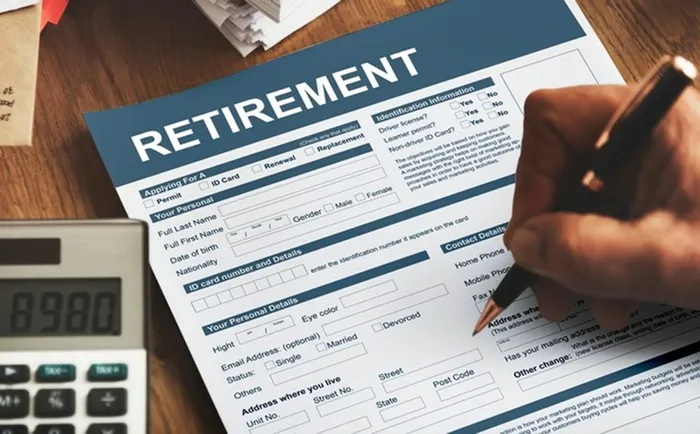Don’t let fees rob you of the retirement you deserve

There are several reasons people might end up falling short of their retirement goals. File photo.
By: Brett Mackay
If you’re the kind of person who’s diligently saved for retirement from the moment you started working, the last thing you’d expect is to find out that you don’t have enough to survive for the next 20, 30, or even 40 years. Unfortunately, that’s the reality for far too many South Africans.
There are several reasons people might end up falling short of their retirement goals, including straightforward bad luck. They might, for example, be forced to retire in the middle of a period of depressed market growth. High inflation can also play a role, as can changes in laws and regulations.
Those forces are largely unpredictable and out of any single investor’s control. There is, however, another force that can rob you of the retirement you deserve without you even realising. It’s the fees charged on your retirement savings products.
Small monthly costs, big long-term consequences
That might seem like a strange assertion to make. After all, we’re charged fees on almost every financial product we use. Like death and taxes, they’re inevitable, right? And aren’t the fees on retirement products almost all the same? The thing is, not all fees are created equally and even small differences can have a big impact over time.
Let’s take a retirement annuity (RA), for example. Anyone taking out an RA will likely face several different kinds of fees, including fees for advice, administration, and investments plus VAT.
Even more pernicious are performance fees. These fees sit on top of the ones I’ve already mentioned and are charged if the investment reaches specific performance targets or thresholds. So, for example, if you’ve agreed that an investment needs to achieve 5% returns before the performance fee kicks in and it achieves 10% returns, then the performance fee would be calculated on the excess five percent return. The industry’s traditionally argued that these fees incentivise providers to work harder and deliver better returns for investors, but they can have a serious impact on overall returns.
It’s also important for investors to remember that fees don’t end once they start drawing down on their initial investments either. If, for instance, you have an RA with R5 million in it and draw down two percent, that’s approximately R8 000 a month. But if your fees are also two percent, then that’s another R8 000 a month off the principal amount. That means you need returns of above four percent to keep your principal from falling. You’ll need even higher returns to keep up with inflation and annual increases.
Do your homework
It should be clear then that it’s vitally important for investors to know what they are paying in order to retire comfortably. Once they’ve got an idea of that, they must speak to their financial service provider and get a clear understanding of how fees will impact their ability to get to that amount and retain as much as possible for as long as possible. The provider should be able to provide an effective annual cost (EAC) measure. An EAC allows you to compare the charges you’ll incur and how they’ll impact your investment returns.
Fees can be one of the biggest detractors from reaching your retirement goals. As such, it’s critical to not only have that conversation with your financial service provider but also to weigh up those fees against the historical performance of its products. If another provider has delivered better returns with lower fees than whichever one you approached first, you should seriously consider switching once you’ve completed a cost comparison.
There will always be things you can’t control when it comes to investing for your retirement. Fees shouldn’t be one of them.
* Mackay is an investment consultant.
PERSONAL FINANCE